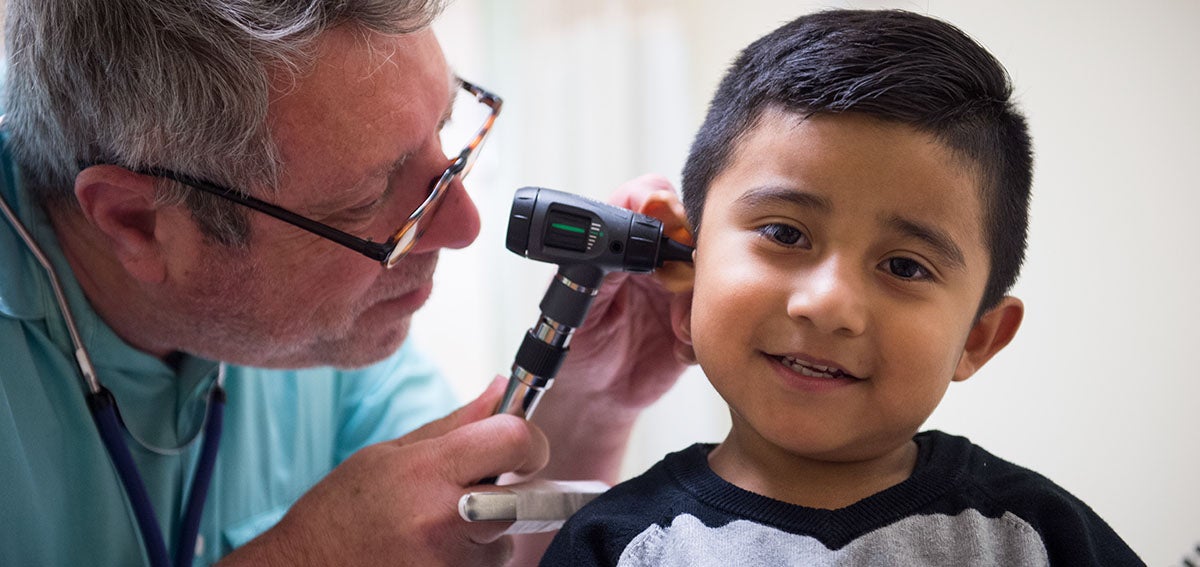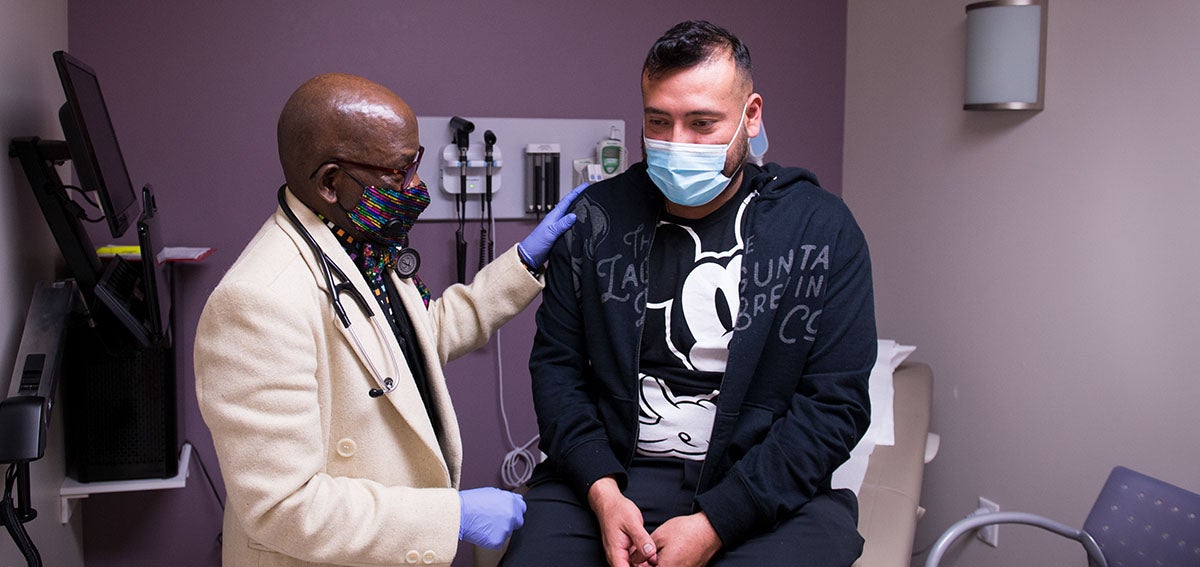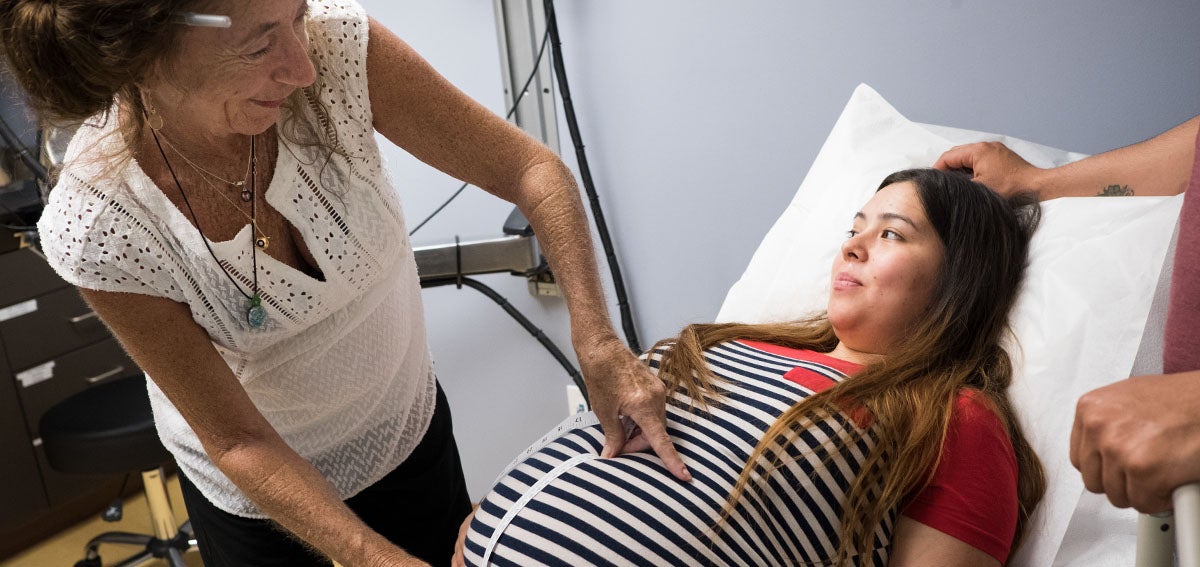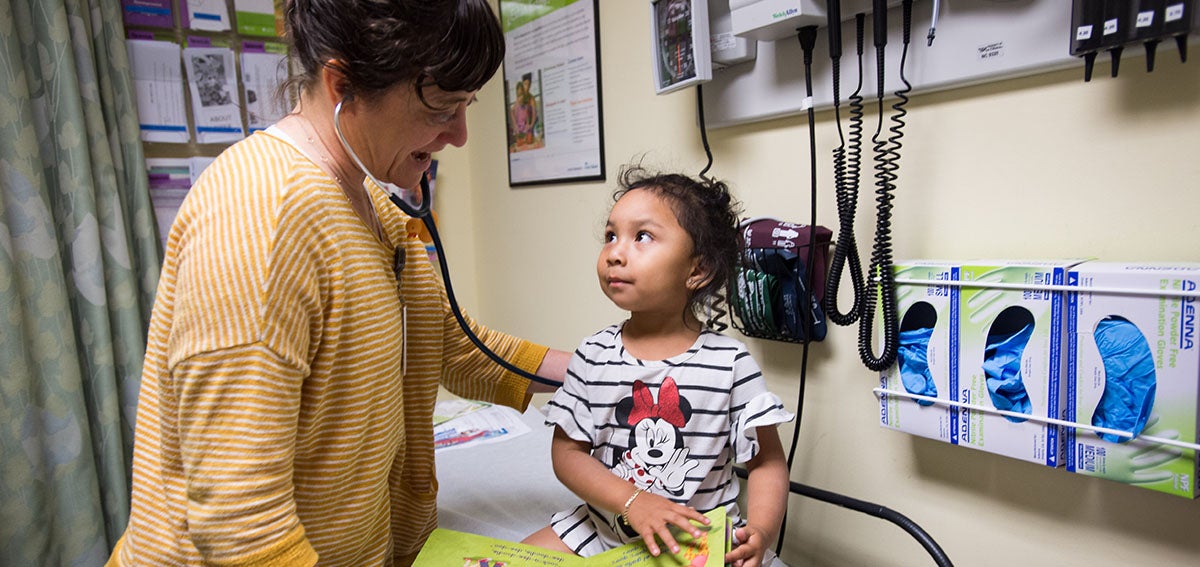
In this time of the COVID-19 pandemic, health care systems and health care professionals are stressed and bracing for or already managing an influx of affected patients. The coronavirus presents a severe acute care crisis of unknown duration, in which potentially hundreds of thousands of people may get sick, some critically, and tens of thousands may die.
In this context, the usual concerns of palliative care — quality of life, discernment of patient goals, advance care planning, pain and symptom management, and support for caregivers over protracted trajectories — seem to pale in comparison. And yet, I would argue that palliative care has never been more important.
Those who are elderly, frail, and/or with underlying chronic or serious illness are most at risk from the novel coronavirus. These are palliative care’s core patient populations. Utilizing the unique skills and strengths found in palliative care must be part of the response.
Consider that:
- While the World Health Organization is reporting the average death rate from COVID-19 is somewhere between 2% and 4%, the death rate among elderly patients is estimated at 15% to 22%. Managing pain and symptoms, ensuring comfort in dying, and supporting families and providers are what palliative care does every day.
- An acute infection may be what collapses the “house of cards” for a patient with serious or life-limiting illness, sending such a person into an imminent end-of-life scenario. Rapid reassessment of a patient’s goals and alignment with treatment plans are among palliative care’s stellar skills.
- If resources are stretched, an elderly patient with end-stage chronic obstructive pulmonary disease experiencing his fourth or fifth exacerbation may not be prioritized for ICU care and instead will need palliative care. If ventilators and ICU beds are in short supply, hospitals will have to triage cases and communicate to patients and families an alternative path. Palliative care can do this.
- Family and authorized proxies may be prohibited from visiting acutely ill and chronically ill patients in the hospital and long-term care residents in nursing facilities. Informed and shared decisionmaking may require long-distance or convoluted conversations in the absence of clear information. Maintaining grace, helping patients and families to understand and decide, and coordinating care and providers are all in palliative care’s wheelhouse.
- Nurses, physicians, and their colleagues may be overworked and at risk. Others may be sent home to sit out two weeks, knowing their patients and colleagues need them. Moral distress, grief, and frustration will fray nerves and relationships. Spiritual care, team support, and guidance on self-care are palliative care’s special sauce.
In this time, palliative care is just as critically needed as fluids, fever reducers, and respirators. We know the strength and extraordinary human kindness and caring that palliative care professionals live every day, in every interaction with patients, with families, with colleagues, and communities. Their role in the time of COVID-19 is to keep the “care” in health care, even as systems, patients, and providers are under siege.
This article is reprinted with permission from the California State University Shiley Institute for Palliative Care. It was first published on March 9.
Authors & Contributors

Jennifer Moore Ballentine
Jennifer Moore Ballentine has been executive director of the California State University Shiley Institute for Palliative Care since 2017. She previously served as director of programs for the Colorado Center for Hospice and Palliative Care and executive director of the Life Quality Institute, a professional learning organization focused on embedding palliative care content into medical, nursing, and allied health curricula and providing comprehensive skills-based education to working clinicians.
From 2010 to 2017, Jennifer chaired the Colorado Advance Directives Consortium, which reviewed and overhauled the state’s advance directive statutes and established the Medical Orders for Scope of Treatment (POLST paradigm) program via legislative act.





